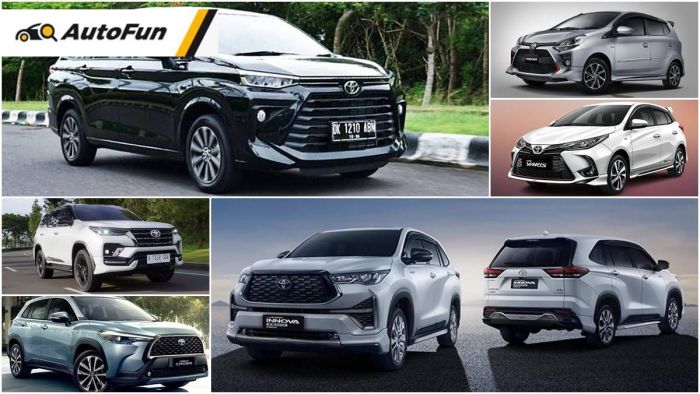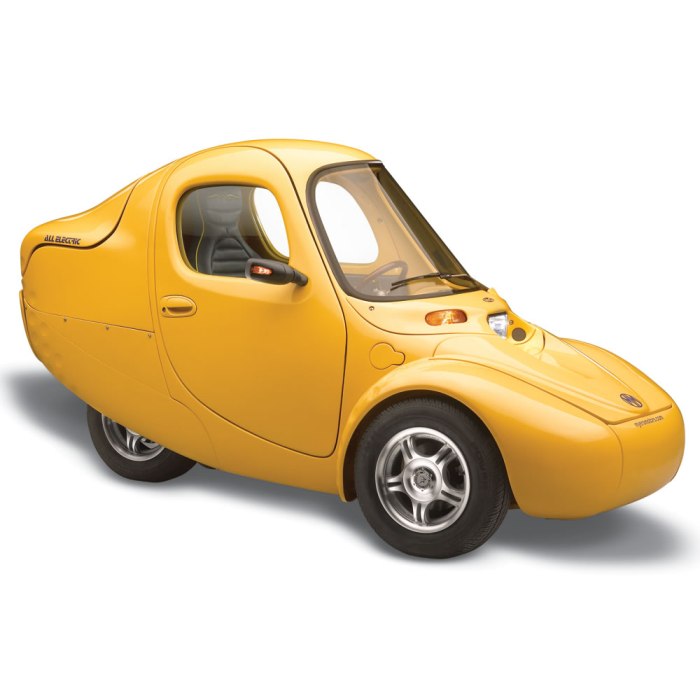All New Solo Car Price A Comprehensive Guide
Price Ranges for New Solo Cars: All New Solo Car Price
All new solo car price – The price of a new solo car varies significantly depending on several factors. Understanding these factors is crucial for making an informed purchase decision. This section provides a comprehensive overview of price ranges for new solo cars, categorized by vehicle type, and explores the influencing factors.
Price Ranges by Vehicle Type, All new solo car price
The following table provides a general overview of price ranges for new solo cars, categorized by vehicle type. Note that these are estimates and actual prices may vary based on specific features, location, and dealer markups.
| Vehicle Type | Price Range (Low) | Price Range (High) | Average Price |
|---|---|---|---|
| Compact Car | $15,000 | $30,000 | $22,500 |
| Sedan | $20,000 | $45,000 | $32,500 |
| SUV | $25,000 | $70,000+ | $47,500 |
Factors such as engine size, fuel efficiency, advanced safety features (like adaptive cruise control or lane keeping assist), infotainment systems (e.g., larger touchscreen displays, premium sound systems), and brand reputation significantly impact the price within each category. For example, a base model compact car will be significantly cheaper than a luxury-trimmed version of the same model. Similarly, a fuel-efficient hybrid SUV will typically command a higher price than a comparable gasoline-powered model.
Examples of cars within these ranges include: Compact (Honda Civic, Toyota Corolla), Sedan (Toyota Camry, Honda Accord), SUV (Honda CRV, Toyota RAV4) at the lower end, and luxury models like BMW 3 Series, Mercedes-Benz C-Class, or Audi Q5 at the higher end.
Factors Affecting the Price of a New Solo Car
Several interconnected factors contribute to the final price a consumer pays for a new car. These factors range from manufacturing costs to economic conditions and government regulations.
Manufacturing costs, including materials, labor, and assembly, form the foundation of a car’s price. Dealer markups, which represent the difference between the manufacturer’s suggested retail price (MSRP) and the price the dealer sells the car for, also play a crucial role. Incentives, such as rebates or financing offers, can reduce the final price for the consumer. Economic factors, such as inflation, fluctuating supply chain costs due to global events, and currency exchange rates, influence the cost of manufacturing and thus the final price.
- Government Regulations and Taxes: Government regulations concerning safety, emissions, and fuel efficiency impact manufacturing costs. Taxes, including sales tax, excise duty, and registration fees, add to the final cost for the consumer.
Comparing Prices Across Different Brands and Models
Comparing prices across different brands and models requires careful consideration of features and specifications. The following table illustrates this point by comparing similar models from different manufacturers.
| Brand | Model | Price | Key Features |
|---|---|---|---|
| Toyota | Camry | $26,000 (estimate) | Reliable engine, fuel-efficient, spacious interior |
| Honda | Accord | $27,000 (estimate) | Sporty handling, advanced safety features, good fuel economy |
| Mazda | 6 | $28,000 (estimate) | Premium interior, sophisticated design, responsive handling |
Each brand offers a unique value proposition. Toyota emphasizes reliability and fuel efficiency, Honda focuses on safety and performance, and Mazda prioritizes design and driving experience. These differences are reflected in their pricing and target market.
A comprehensive comparison must also include fuel efficiency and maintenance costs. While the initial purchase price might be higher for a specific model, its lower fuel consumption and lower maintenance costs over time could result in lower overall ownership costs.
Exploring Financing Options for New Solo Cars

Source: co.id
Financing plays a significant role in the affordability of a new car. Understanding different financing options is essential for making a responsible decision.
Two primary financing options are available: loans and leases. Loans involve borrowing a fixed amount of money to purchase the car, while leases involve renting the car for a specified period. Interest rates and loan terms significantly impact the total cost of ownership. Higher interest rates and longer loan terms lead to higher overall costs.
Determining the all-new solo car price can be tricky, depending on the make and model. To get a sense of potential savings, comparing prices against previous years’ models is helpful. For instance, checking out the lowest prices from 2018, like those found on this site 2018 new car lowest price , can provide valuable context when evaluating the cost of a brand new solo vehicle today.
Ultimately, understanding historical pricing helps in navigating the all-new solo car price market.
| Loan Scenario | Loan Amount | Interest Rate | Loan Term (Months) | Monthly Payment (Estimate) |
|---|---|---|---|---|
| Scenario 1 | $25,000 | 5% | 60 | $470 |
| Scenario 2 | $25,000 | 7% | 72 | $420 |
Leasing offers lower monthly payments but results in no ownership at the end of the lease term. Buying offers ownership but higher monthly payments and potential depreciation costs. The best option depends on individual financial circumstances and driving habits.
Visual Representation of Price Data

Source: hammacher.com
A line graph would effectively represent the average new solo car prices over the past five years. The horizontal axis would represent the year (e.g., 2019, 2020, 2021, 2022, 2023), and the vertical axis would represent the average price in US dollars. The line would connect the average price points for each year, illustrating price trends and fluctuations. Data points would be clearly labeled with their corresponding year and price.
Percentage change from the previous year would be shown next to each data point. Significant market events (e.g., microchip shortages, inflation spikes) that affected pricing would be noted on the graph with annotations.
| Year | Average Price | Percentage Change from Previous Year | Notable Market Events |
|---|---|---|---|
| 2019 | $28,000 (example) | – | Stable market |
| 2020 | $29,000 (example) | +3.6% | Early pandemic effects |
| 2021 | $32,000 (example) | +10.3% | Microchip shortage |
| 2022 | $35,000 (example) | +9.4% | Continued supply chain issues, inflation |
| 2023 | $34,000 (example) | -2.9% | Easing supply chain pressures, potential recession |
FAQ Resource
What is the average lifespan of a new car?
The average lifespan of a new car varies depending on maintenance, driving habits, and vehicle type, but generally ranges from 10 to 15 years.
How much does car insurance typically cost?
Car insurance costs vary widely based on location, driving record, age, and the type of vehicle. It’s advisable to obtain quotes from multiple insurers.
What are the common hidden costs associated with buying a new car?
Hidden costs can include dealer fees, taxes, registration fees, and extended warranties.
How often should I get my car serviced?
Consult your car’s owner’s manual for recommended service intervals; generally, it’s advisable to follow the manufacturer’s guidelines.





















